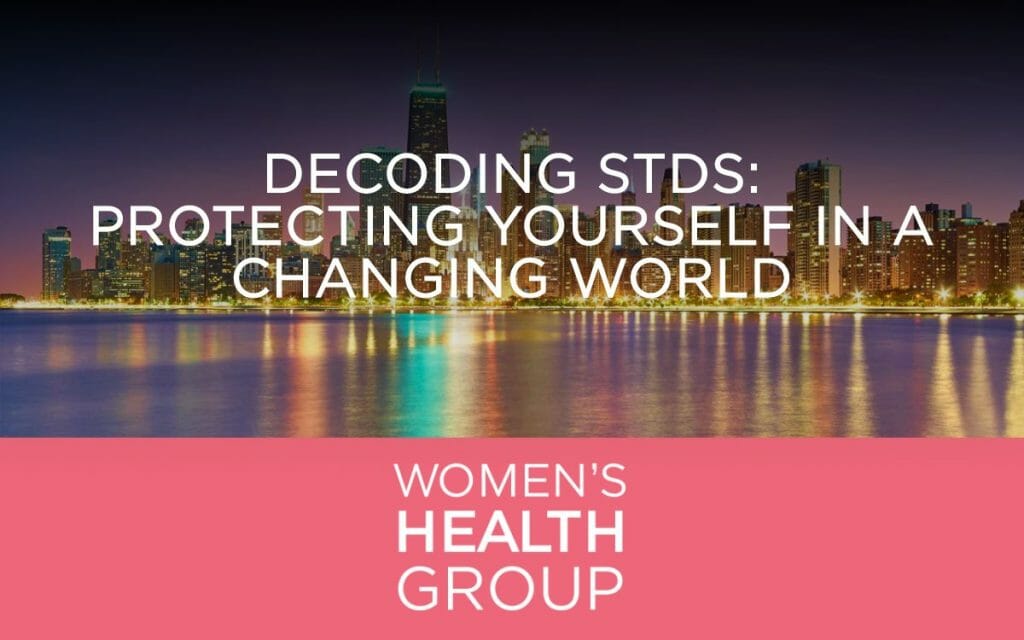Understanding the Changing Landscape of STDs
In recent years, there has been a noticeable shift in the rate and spread of sexually transmitted diseases (STDs) worldwide. The prevalence of diseases such as gonorrhea, chlamydia, and syphilis are on the rise, leading to a growing concern among health professionals and society at large.
As women’s health experts, we at Women’s Health Group believe that knowledge empowers. Understanding the nature of these conditions and their implications on your sexual health is the first step to ensuring your wellbeing. In light of this, we bring you a comprehensive guide to better understand and protect against STDs in this fast-changing world.
Navigating the World of STD: The Key Risks
Sexually transmitted diseases (STDs) range from infections that are curable to those causing enduring health complications. STDs primarily spread through sexual contact, including vaginal, anal, and oral sex. Certain types are also transmissible through nonsexual means, such as mother-to-child transmission during pregnancy or childbirth.
Among numerous health risks, the most significant challenges that STDs pose for women include:
- Higher risk of ectopic pregnancy
- Pelvic inflammatory disease
- Increased risk of cervical cancer
- Risk of infertility
- Transmission of the infection to newborns
The First Defense Line: STD Testing
Understanding the importance of STD testing constitutes a crucial part of guaranteeing your reproductive health. Regular testing is a proactive measure to ensure early detection and, therefore, prompt treatment if you have contracted an STD.
The Mayo Clinic recommends frequent STD testing, particularly if you:
- Are sexually active and under 25 years old
- Have multiple sexual partners
- Are a man who has sex with men
- Use intravenous drugs
- Are pregnant
STD Protection: Precaution is Better than Cure
While ways to protect against STDs are many, no measure provides 100% protection. However, certain measures decrease your chances of contracting an STD significantly.
The paramount form of STD protection is practicing safe sex. Ensure the use of condoms or dental dams during sexual intercourse. Regularly get tested for STDs, especially if you have multiple sexual partners.
Vaccines also offer protection against certain types of STDs, such as HPV and Hepatitis B. Open discussions with your partner(s) about their STD status and any potential risks constitute an essential facet of sexual health and safety.
Vigilance and Education: A Continued Effort
Remaining vigilant about your sexual health involves constant learning, open communication, and routine healthcare. Various online platforms like the Office of Women’s Health offer resources, providing accurate information about STIs and STDs.
Regular visits to your healthcare provider for guidance on sexual health, protection, and STD testing also form pivotal elements of this effort.
Facing the STD Stigma: A Joint Responsibility
Addressing the stigma surrounding STDs is as important as combating the diseases themselves. Open dialogues help normalize discussions about sexual health, breaking the cycle of fear and hesitance to seek help.
Remember, contracting an STD is not an indicator of your character or value. It is crucial for infected individuals to receive nonjudgmental support for successful treatment and recovery.
In Conclusion: The Road Ahead
The fight against STDs is progressively evolving, but so too are the STDs themselves. As we continue to decode this complex issue, it becomes evident that vigilance, education, and regular testing are vital.
Protection against STDs is not solely the responsibility of women but a collective one. Together, through open conversations, corrective measures, and constant awareness efforts, we can ensure a significant decline in STDs and a future of healthier sexual relationships.




